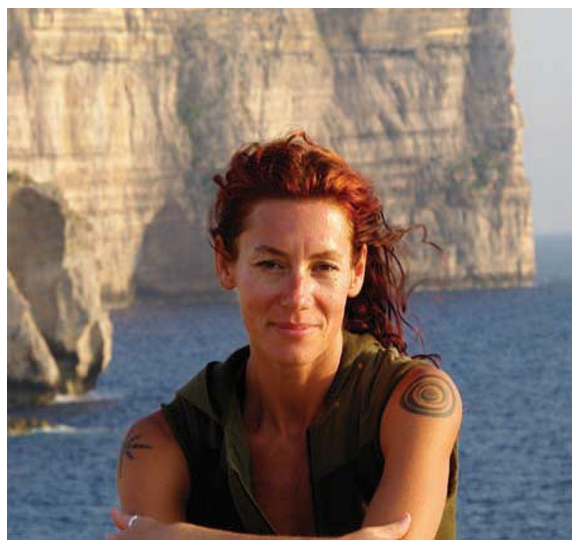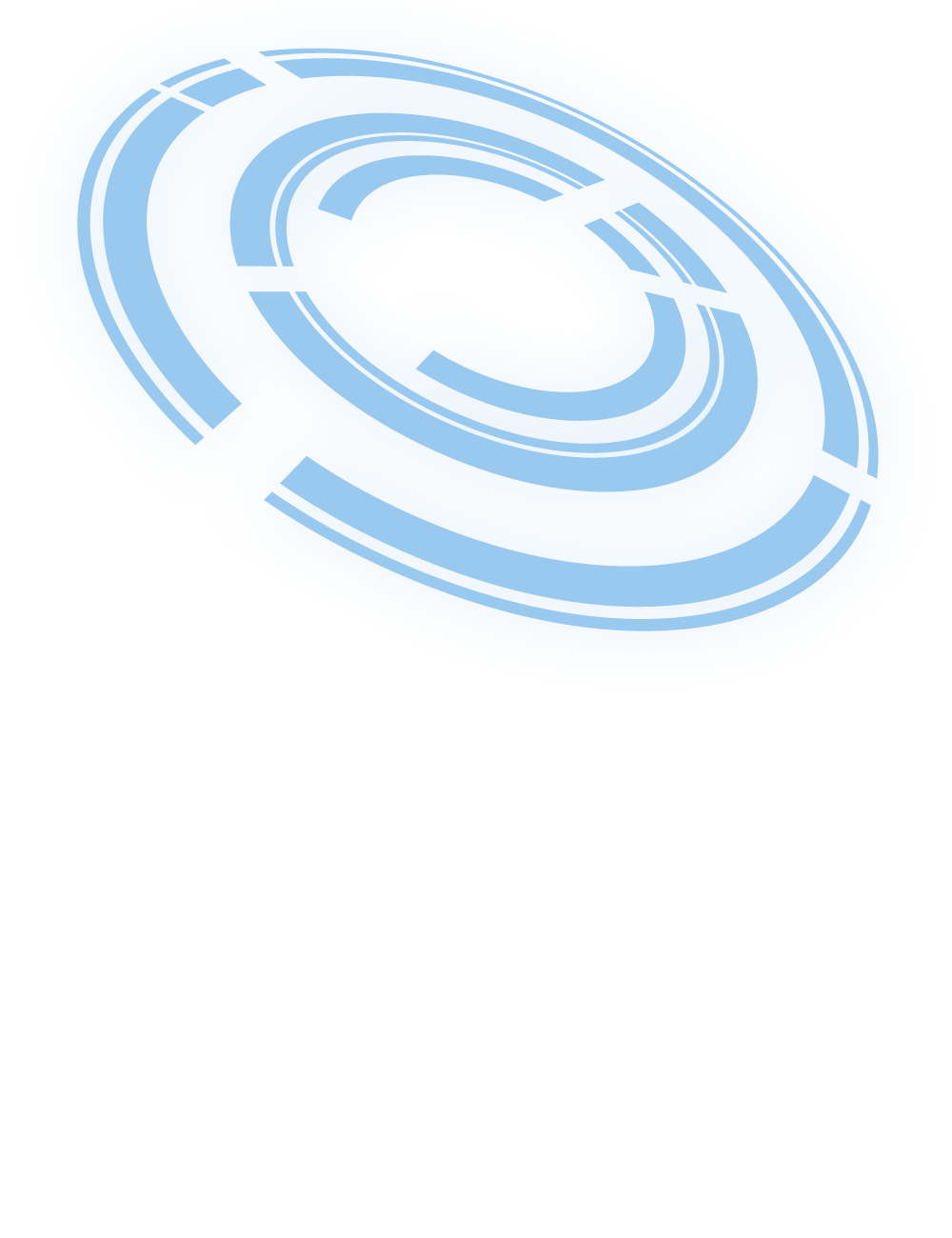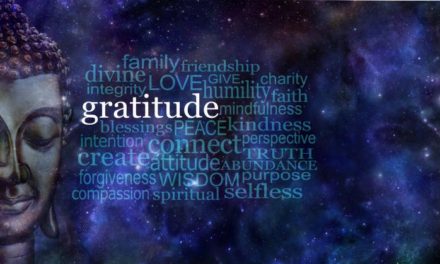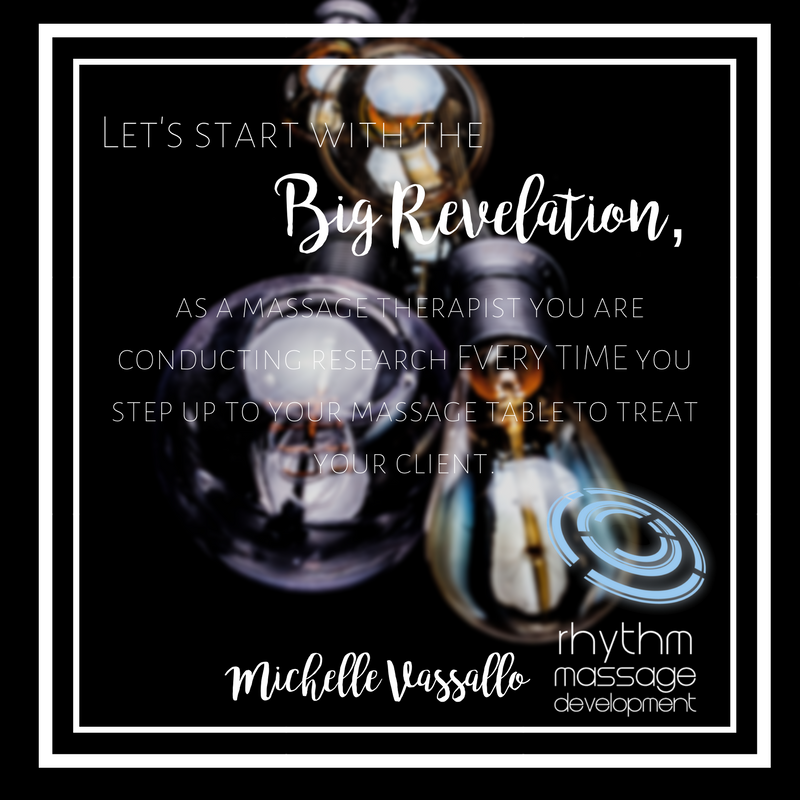
Manual lymphatic drainage (MLD) was not a subject that I knew anything about when I attended the first class as part of my remedial massage diploma in 2002. Little did I know where it would lead me.
After the first class I was not convinced this subject had anything to offer me but at the behest of the teacher, with whom I had an affinity, I returned to finish the classes. By the end of the sixteen week course I had learned enough to understand that although this therapy is extremely light to the touch and delivered in a slow manner, the effects are profound. I also saw that there was very few therapists’ performing lymph drainage as part of the modalities they offered and so I felt that it was something that would make me stand out in the ‘massage crowd’.
Upon entering into my own practice, I started to offer MLD to my clients, many of whom were prime candidates for this type of treatment. The results were amazing, so I started to document the effects over the course of many months. Around the same time, I was asked to teach MLD at Victoria University and because I was enjoying delivering the treatment and seeing the results, I took up the position. As my confidence grew through the application of this treatment, I began to see more and more clients that just wanted to receive MLD treatment in my clinic. I also noticed that my teaching style was changing
As I was delivering this treatment daily, I began noticing the effects it was having on my body. There were many times when I felt that the way I was taught the technique was not in the biomechanical ‘best interests’ of my body. Often my posture was compromised, and hands were placed in awkward positions to deliver the treatment.
This idea became the cornerstone of my teaching, based on the ideals of self- care and excellent technique. It was not only enjoyable it also worked. This was seen time and time again in my classes where there would be a student with a particular pathology who would volunteer to be my model for a particular sequence. Many students were breast cancer survivors, had knee or ankle trauma or other soft tissue issues such as primary or secondary lymphoedema. Almost every time I worked on them there was both a subjective and objective improvement in their condition, often to the amazement of not only them but other members of the class as well. It was these instant results, which enabled students to understand that even though this touch is superficial in comparison to what they are used to delivering in their remedial treatments, it is elegant, efficient, and profound when used to treat indicated pathologies. MLD massage goes where remedial cannot, swollen areas, both acute and chronic, and the paradox of this treatment is that such a superficial technique has such a deep and lasting impact upon the client. Over the years I have had many emails and calls from students thrilled with the results they were getting for their clients, and also very happy with the relaxing effects it had on their own bodies. Within my own practice, there
The first one is the case of a thirty-five-year-old woman who had been suffering from Chronic Fatigue Syndrome (Myalgic Encephalomyelitis) for ten years. She had been confined to bed for the previous five years. At her worst she was hooked up to both a cathode and drip to feed her. She was on copious amounts of medications, which kept changing as she was experimenting with all different combinations of drugs to assist her to get through her days. The most she was ever able to stay awake was three hours at a time. When we first started to work together, I would visit her in her home twice a week. I started with very short relaxation massages coupled with small sequences of MLD to assist her to move fluid through her body, which due to immobility had built up, in some areas dramatically. The most marked effect of the early MLD sessions was her increased ability to deal with the constant pain she was suffering, the parasympathetic nervous systems response was immediate, and her relaxation greatly improved. She looked forward to our sessions simply from the point of easing her pain with a drug free alternative. Another side effect/benefit was an increased removal of toxins from her system, in her words “After an MLD I feel like crap, but the next day I feel amazing”. Further to this her sleeping improved, her sinuses cleared and over the course of four years her immune system became stronger so that each winter the numerous ills and chills of the season became fewer. I still treat her on a weekly basis and even though her CFS/ME situation is slow to improve she says she could not do without her weekly MLD sessions.
The second client underwent mastectomies, bilaterally, at different times. I did not meet her until she had had the first breast removed due to breast cancer. She had heard about MLD through a friend and as she was having some post-surgical
I have also been asked to teach in prestigious Australian Rules football clubs, the latest being Carlton. To me, this suggests that the benefits of MLD have become more recognized in the mainstream community through more practicing therapists, better public education and favorable media coverage. My job at this elite club was to instruct the ‘on-field runners’, trainers and massage therapist in MLD techniques. The value of these for sports is that often when a player has sustained an injury on the field or court regular massage is contraindicated, normally RICE protocol is followed.
The beauty of MLD is that along with RICE it can be applied immediately upon the player being removed from danger. Not only does it assist in keeping the swelling at a manageable level it also clears the injured tissue of debris, enhancing the tissue regeneration process by helping keep the injured area as healthy as possible hastening the healing time and allowing players to return to the game much sooner.
There have been many such experiences in the course of my practice and this in turn has made me a better teacher of this therapy. Students attend my classes because they have some curiosity or interest in this modality, and as far as I am concerned it is my job to nurture that interest and create a fun, dynamic and engaging learning experience. Through the provision of theory and technique I provide the key for students to walk through the door and follow their own journey with this wonderful therapy. I am able to share ‘real life’ practice stories, which adds validity to the teaching. We discuss situations in their practice and clinics and how MLD may be able to help their clients. And at the end of the day as manual body workers and therapists we do what we do because of a desire to help our clients to achieve their fullest potential and that is what makes our careers as massage therapists so rewarding and fulfilling.
Michelle Yaffe-Vassallo is the Director of Rhythm Massage Development, Michelle, studied her Diploma of Remedial Massage at Victoria University, graduating valedictorian of her year. She came to massage as a career change and quickly found her place, not only treating clients in her own clinic but also as an educator of various remedial subjects at Victoria University.
She specializes in Manual Lymphatic Drainage(MLD); self care for massage therapists and research literacy.




